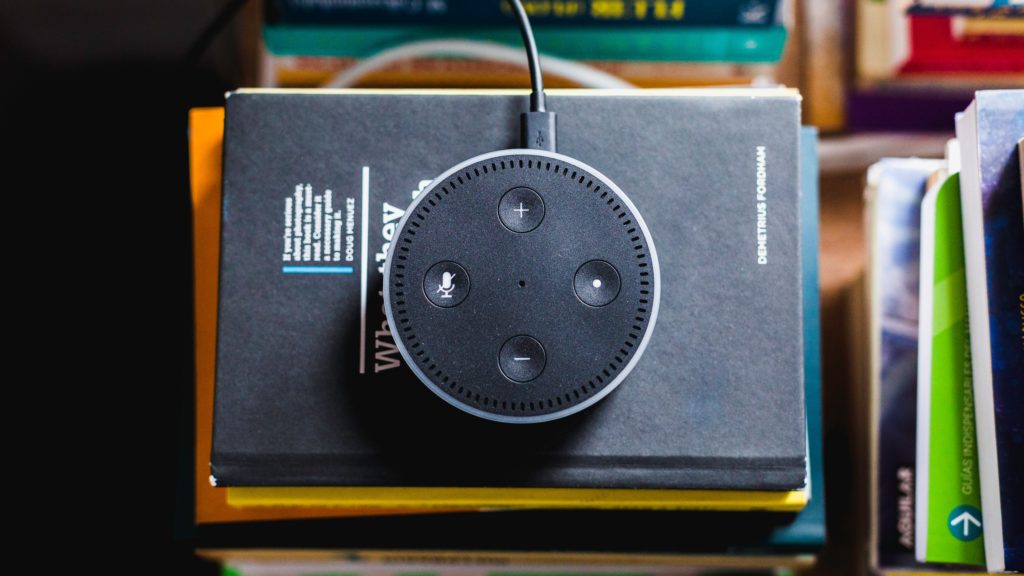Another exciting year for SEO is behind us and the time has come to leave the dead tactics in the past and welcome new trends. One of the most promising SEO trends for the next period is voice search. 55% of adolescents and 40% of adults already use Google voice search every single day, and it is estimated that the voice recognition market will grow into a $601 million industry by 2019.
As of 2017, you can use voice search to shop for groceries, control your TV, and make an order at Starbucks to name a few recent novelties in the voice search market. Given the latest groundbreaking advancements in the field of speech recognition technology, we can safely guess that voice search is only going to become bigger and better in the near future.
How popular is voice search?
With the rising ownership and use of smartphones, voice search is becoming one of the fastest growing types of search.
According to Mary Meeker’s 2016 Internet Trends report, Google voice search queries have increased 35 times over between 2008 and 2016 and the positive growth trend continued in 2017.
The previous year marked several important milestones for voice search. Google’s voice recognition software set the record by achieving a 95% word accuracy rate for English language and digital voice assistants like Google Home and Amazon’s Alexa, Echo, Dot and Tap began moving to the mainstream. This past holiday season alone, Amazon’s voice-controlled speaker Echo was the top-selling product from any manufacturer across all categories on Amazon.com.
How do people use voice search?
According to a HigherVisibility survey that asked 2,017 smartphone users in the US about voice search, the majority of people use this feature when they’re out and about. 52% of respondents use voice search while driving, while 21.3% of them use it during other outdoor activities.
The same survey also identified several generational differences in voice search use. Young people in the 18-to-34 age bracket, better known as millennials, are more likely to use voice search to set, cancel, or manage alarms, play music and audiobooks, and look up movie schedules than look for information about a local business.
Generation X, which includes people born between mid 1960s and mid 1970s, mostly use voice search to look up a contact phone number, identify a song playing on the radio, create shopping lists, and check news headlines.
Baby Boomers, a generation born between 1946 and 1964 are most likely to use voice search for voicemail messaging, measurement conversions, calendar events, recipes, and weather forecasts.
It is also predicted that voice search will become more widely used among advertisers in the years to come, which could radically change the way we think about SEO. According to research firm Gartner, 30% of all web searches will be performed without a screen by 2020.
How can I optimize for voice search?
Voice-recognition technology is evolving faster than ever, which means the first thing you need to do before optimizing for voice search is learn how popular voice search apps and virtual assistants actually work. The best way to do this is to read the user guides of the most widely used voice-recognition apps, including Siri, Google Voice Search, Microsoft Cortana, and Amazon Alexa.
One of the most important things to remember when optimizing for voice search is that, unlike keyword searches, voice queries closely resemble natural conversation. Let’s say you’re in San Francisco and you’re looking for a wedding planner online. If you’re using your mobile or desktop keyboard, you will probably type in something like “best wedding planner SF”.
If, however, you want to use your voice to make a query instead of typing, you will ask a full question just like you would if you were talking to another human: “What are the best wedding planners in San Francisco?”
This means that you need to make sure your website contains answers to all of the questions your target audience normally wants to know about your product or service. It’s also crucial that you interact with your customers and pay close attention to how they address you and the way they talk about your business. This way you’ll be able to include audience-specific, conversational words and phrases in the content of your website.
And let’s not forget one rule we all already know – make sure your website is fully optimized for mobile. According to Google, over 50% of search queries are performed on smartphones and 20% of those are voice searches so you don’t want to take any chance when it comes to mobile SEO.









